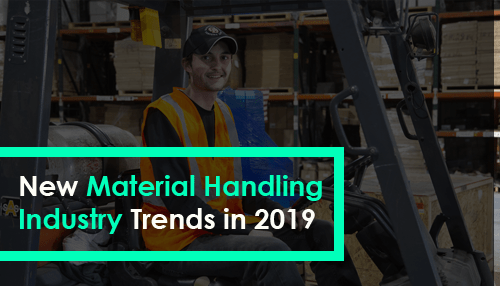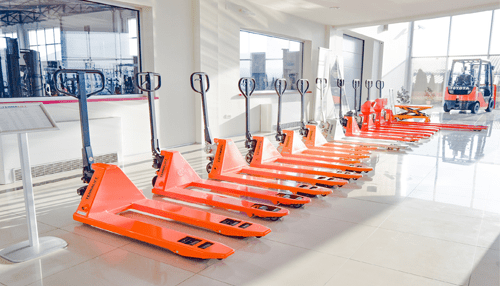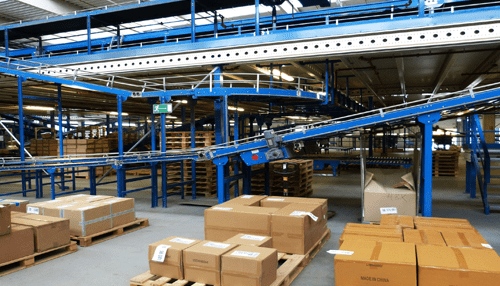If you work in the material handling industry, you have likely noticed that the business is heading for some major changes in the next few years. Technology and demand have reshaped how we think of warehouses and product delivery, which is why businesses have had to adapt and make room for some improvements. Here are some of the most important trends you should watch out for in the material handling industry.
1. Mass personalization
With the explosive rise in popularity of E-commerce, product requests are leaning towards more personalized and customizable options. Because of this, material handling facilities have had to adapt by adding more flexible automation systems.
The sheer number of orders has made it difficult to deliver products with the use of old methods and systems. Because of shorter turnaround times and more diverse products, businesses have to rely on precise movements within material handling facilities and much better organization.
2. Eco-friendlier approaches
Sustainability has become an increasingly important aspect of every business. Consumers have started turning to competitors with a smaller environmental impact to reduce their own carbon footprint. Because of this, many areas of the material handling industry have followed suit.
Warehouses are turning to alternative sources of energy for much of their equipment. Electric forklifts have become a common sight within these facilities and they’ve slowly started to replace their less eco-friendly diesel versions. Some warehouses have started using solar panels to reduce their power bills and their dependence on the power grid.
3. Educational improvements
The workforce of the material handling industry is soon to change. Older employees make up a majority of the workers and they are quickly retiring. The industry is constantly growing, but there’s a noticeable lack of an experienced workforce.
Because of this, the industry is trending towards increasing educational opportunities for those who are interested in the field. New demographics are being introduced and material handling industries are working closely with governments to improve the quality of education available to everyone.
4. Higher-quality equipment
As the demand for products grows, time becomes the most valuable resource in material handling and shipping facilities. Breakdowns and mechanical issues are tolerated less and less, as they cause unnecessary delays which can affect the workflow. High-quality equipment like a fabric conveyor belt has become a priority, as it has proven to be more reliable and durable.
This is especially important when it comes to automated systems like conveyor belts. Durable conveyor products and solutions are required to make sure that the work can continue without delays and mechanical issues. Understanding the difference between those two is essential for boosting business’ efficiency. Everything from skirting systems to Vee-ploughs has to be made tough and long-lasting to accommodate increased traffic of products.
5. Better technological integration
In the past, the control systems in material handling businesses were pretty simple. They were made up of mechanical devices that connect one area of a manufacturing or storage facility to another. The higher functions of a factory or warehouse were not incorporated in the process, which means that organizing and strategizing were left up to people and paperwork.
Nowadays, technology has advanced to the point that it has become an essential part of managing material handling facilities. Businesses use software such as warehouse management systems to get the optimal results out of day-to-day work. This software has single point interfaces and it’s easy to navigate for any level of employee in the facility.
Conclusion
It’s important to stay ahead of the curb when it comes to the current market. Now here is this more apparent than the material handling industry. The past few years have seen some enormous changes in both technology and demographics, and it’s only the beginning. Businesses should be aware of all the trends that are currently shaping their industry in order to better deal with competition and new regulations. It’s a very dynamic business and it never hurts to be well-prepared for anything that might make waves in the industry.




